Beyond the Prompt: The Art of Algorithmic Direction
We live in an era of visual saturation. A Cambrian explosion of AI-generated aesthetics floods our screens daily, produced at the touch of a button. This newfound abundance, however, has created a fundamental misunderstanding: it has confused the act of generation with the art of creation.
The Crisis of Intention
The first wave of AI art was characterized by wonder and strangeness. The algorithm, like a child prodigy, showed us surreal worlds, remixing the entirety of human art history in unexpected ways. The "prompt" became the new paintbrush. But a prompt, in its essence, is an invocation, not a direction. It asks the machine to "show," but it does not tell it "what to say." The result has often been virtuosity without purpose, an aesthetic without an ethos, an image devoid of what the cinematic tradition calls a "point of view."
At the same time, traditional cinema, while being an art of direction par excellence, has always been shackled to the laws of physics, logistics, and budget. A director can dream of a cathedral made of fog or a city that breathes, but its realization is always a compromise with the possible.
We see in this dual limitation not a crisis, but the precise space for a new genesis.
Towards Algorithmic Direction
Our philosophy is founded on a radical principle: artificial intelligence is not the artist. It is the central nervous system of the most powerful film set ever conceived. It is the camera that can film a memory, the production design team that can build an emotion, the director of photography who knows how to light an abstract concept.
But like any powerful instrument, it requires a hand to guide it. A human vision.
This is what we define as Algorithmic Direction. It is not the craft of writing the most detailed description, but of orchestrating a complex dialogue with the machine. It is a process of digital craftsmanship that translates a purely human intuition - a feeling, a narrative tension, a philosophical idea - into the latent, mathematical language of the algorithm. It means sculpting the possibility space, navigating it not as a technician, but as a director scouting a location within the soul. It means knowing that to portray "nostalgia," it is not enough to write the word; you must teach the machine to understand the light of a September afternoon, the grain of an old photograph, the specific gravity of an absence.
Filming the Intangible
What does it mean, in practice, to direct a dream? It means being able to finally bring to the screen concepts once relegated to literature and poetry. We can visualize the idea of saudade. We can build an architecture based on the principles of a Bach fugue. We can create a character whose face evolves to reflect the moral decay of a society.
This is not a replacement of the human, but its most profound expansion. It is taking our innate capacity for vision - our inheritance of stories, myths, and emotions - and projecting it onto an infinite canvas, where the only laws are those of aesthetic coherence and emotional resonance. Every Blackstars project is an expedition into this intangible universe, an attempt to bring back a fragment of visual truth that could not have existed otherwise.
We are at the dawn of a new era in cinematic language. An era where the power to create worlds is no longer a privilege of large-scale production, but a matter of deep-seated vision. Our task, as a studio and a collective of artists, is not to document reality or to escape from it, but to build new ones, denser with meaning.
This is our research. This is our craft. This is synthetic cinema. Human in its vision, intelligent in its craft.














